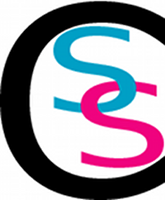University of Arizona
What symbolic literacy do students need for careers in science? Traditional courses in high school and college algebra emphasize procedural fluency and word problems, and reform courses emphasize functions, graphical and numerical representations, and modeling. Does either approach prepare students to reason with the symbolic expressions they encounter in biology, chemistry, and physics? I will consider some examples from these disciplines that bring out the need for a symbolic literacy: the ability to interpret algebraic form, recognize the structure in algebraic expressions and equations, make strategic choices of algebraic manipulations, and anticipate the results.
Born in Sydney, Australia in 1956, he received his Ph.D. in Mathematics from Harvard University in 1984, under the supervision of Barry Mazur. After spending two years at the University of California, Berkeley, and one at the Mathematical Sciences Research Institute in Berkeley, he joined the faculty at the University of Arizona in 1987. In 1989 he joined the Harvard calculus consortium, and is the lead author of the consortium's multivariable calculus and college algebra texts. In 1993-94 he spent a year at the Institut des Hautes Etudes Scientifiques, and in 1995-96 he spent a year at the Institute for Advanced Study on a Centennial Fellowship from the American Mathematical Society. In 2005 he received the Director's Award for Distinguished Teaching Scholars from the National Science Foundation. His professional interests include arithmetical algebraic geometry and mathematics education. He has received grants and written articles, essays, and books in both areas.
